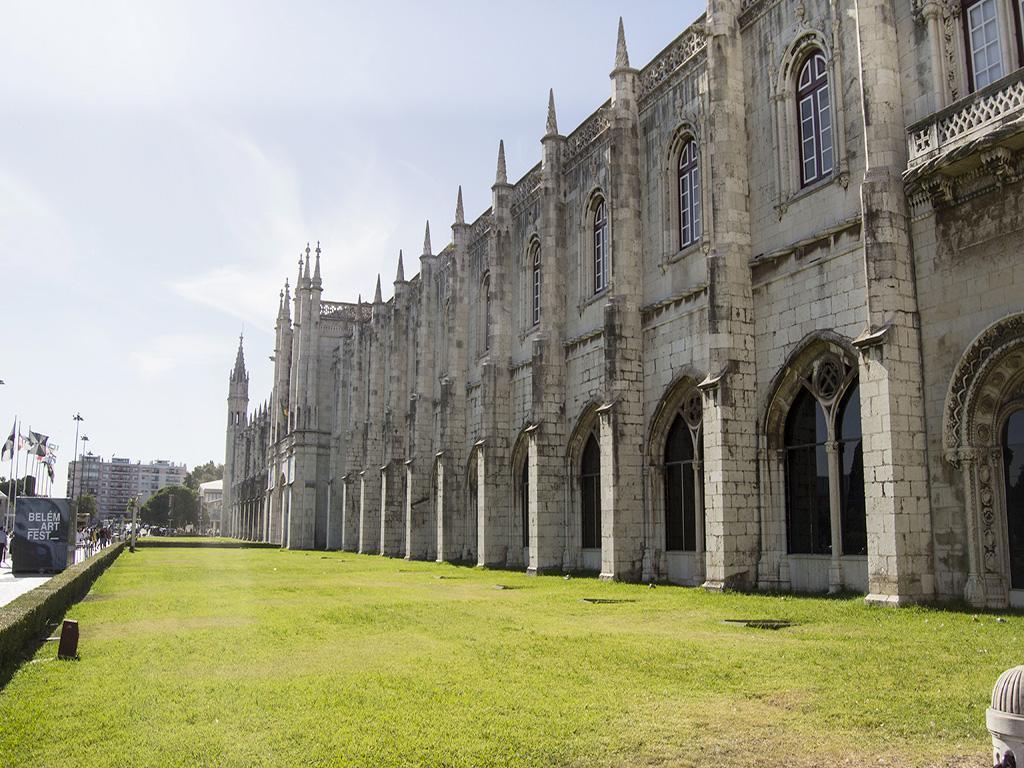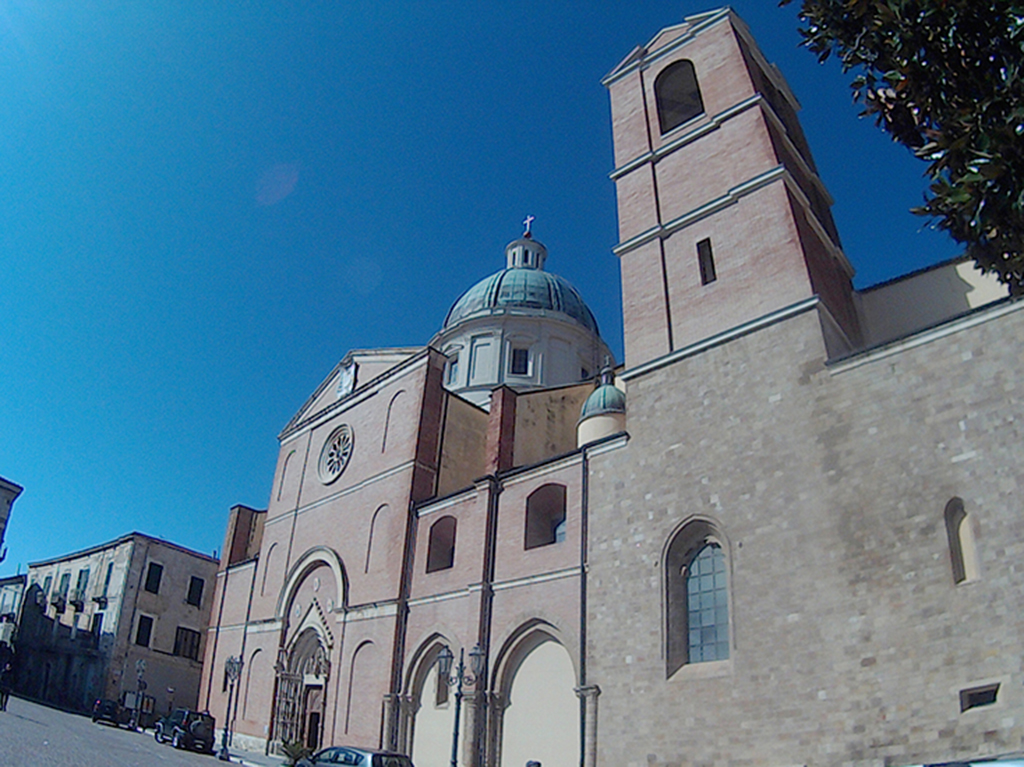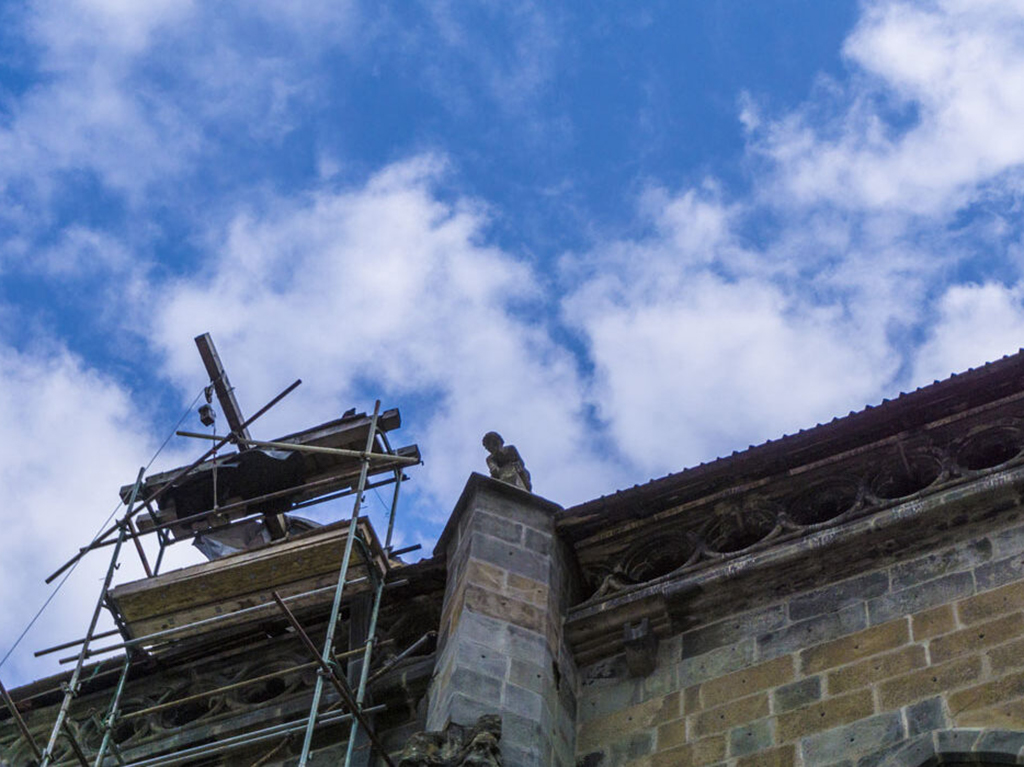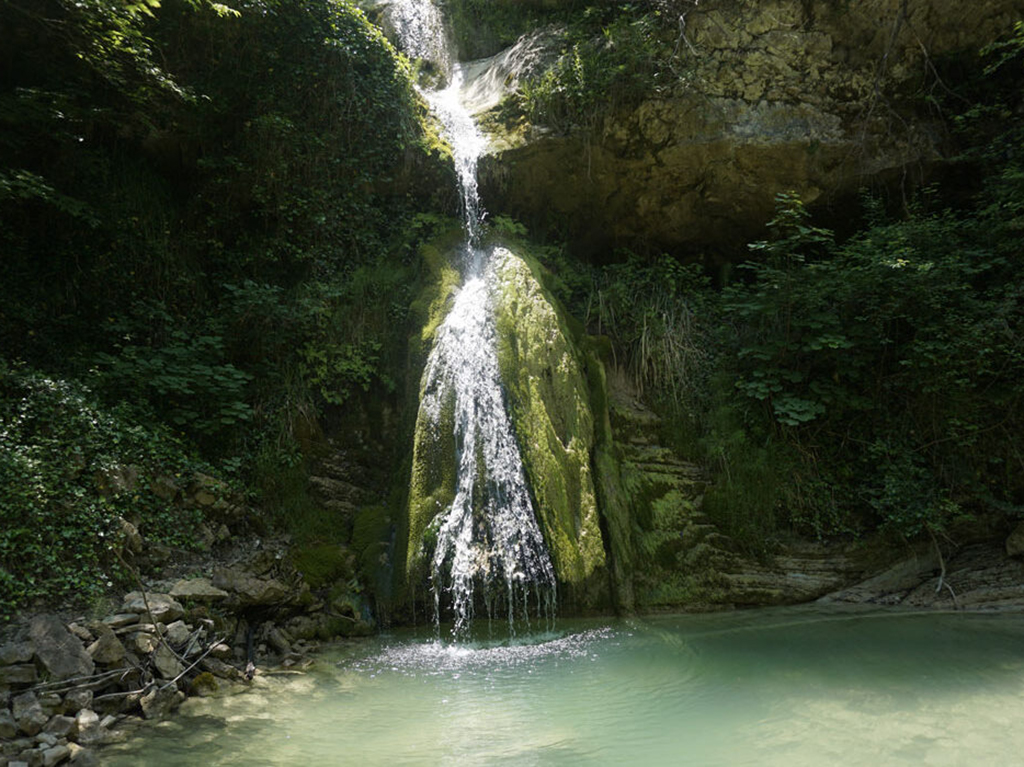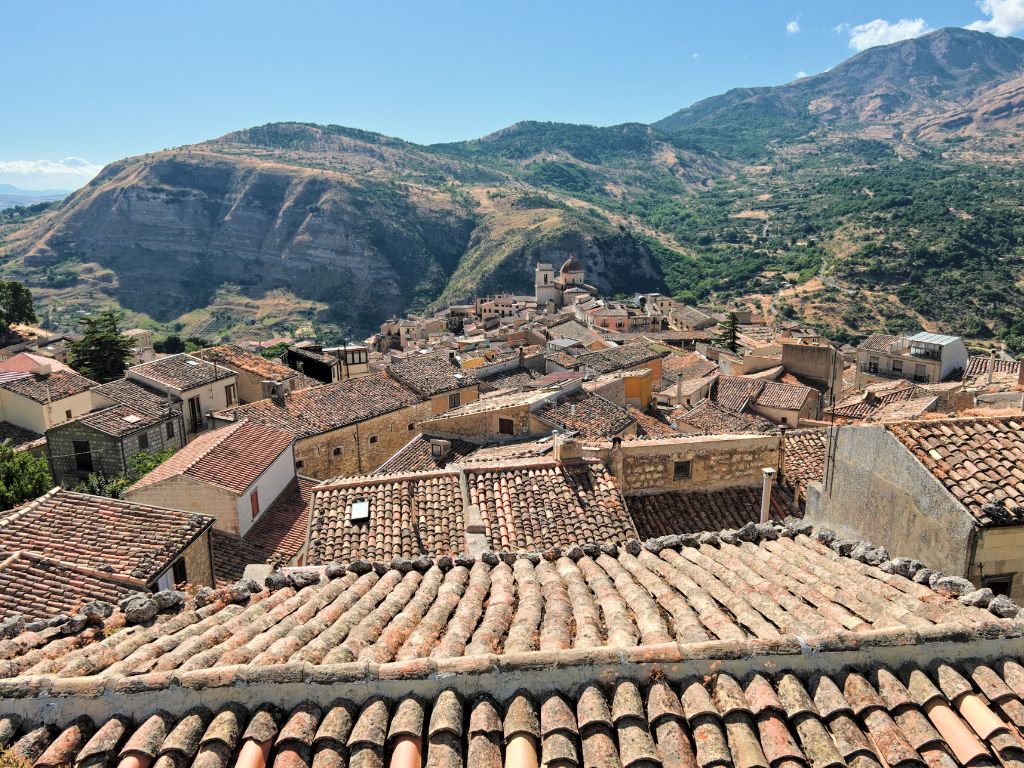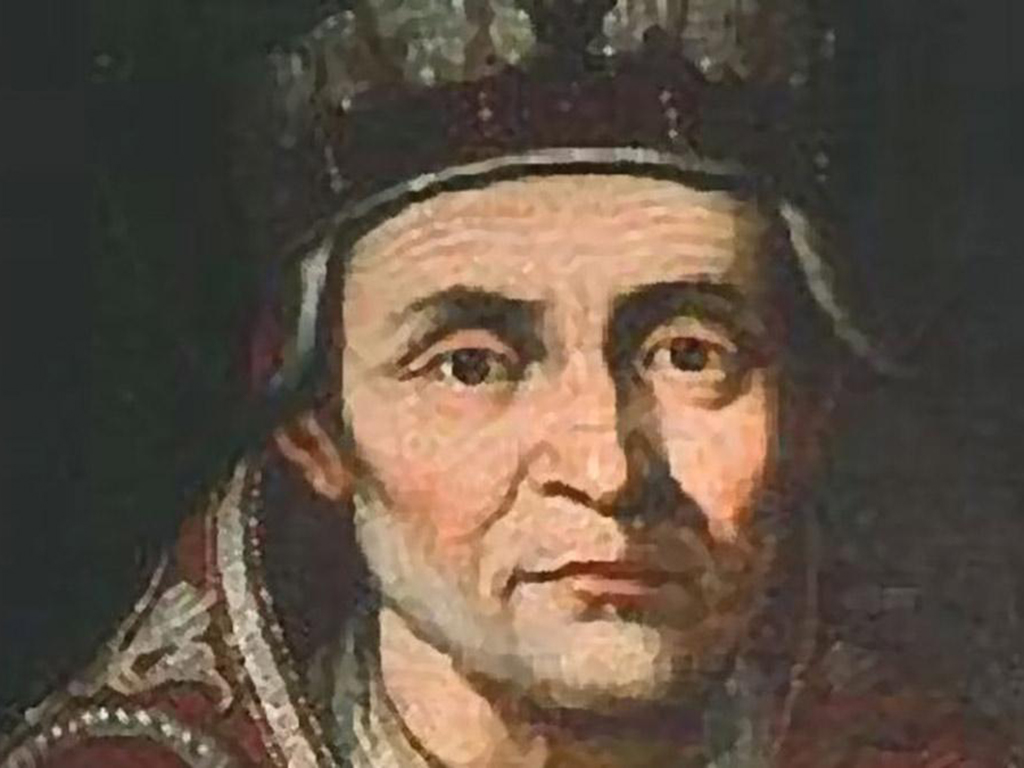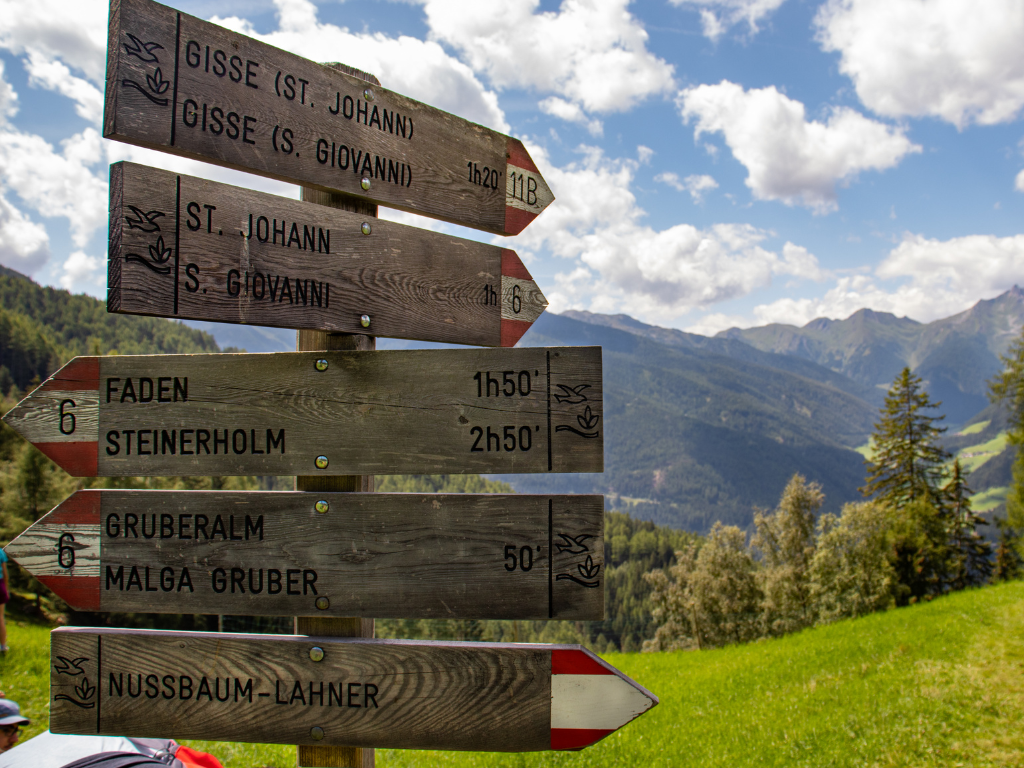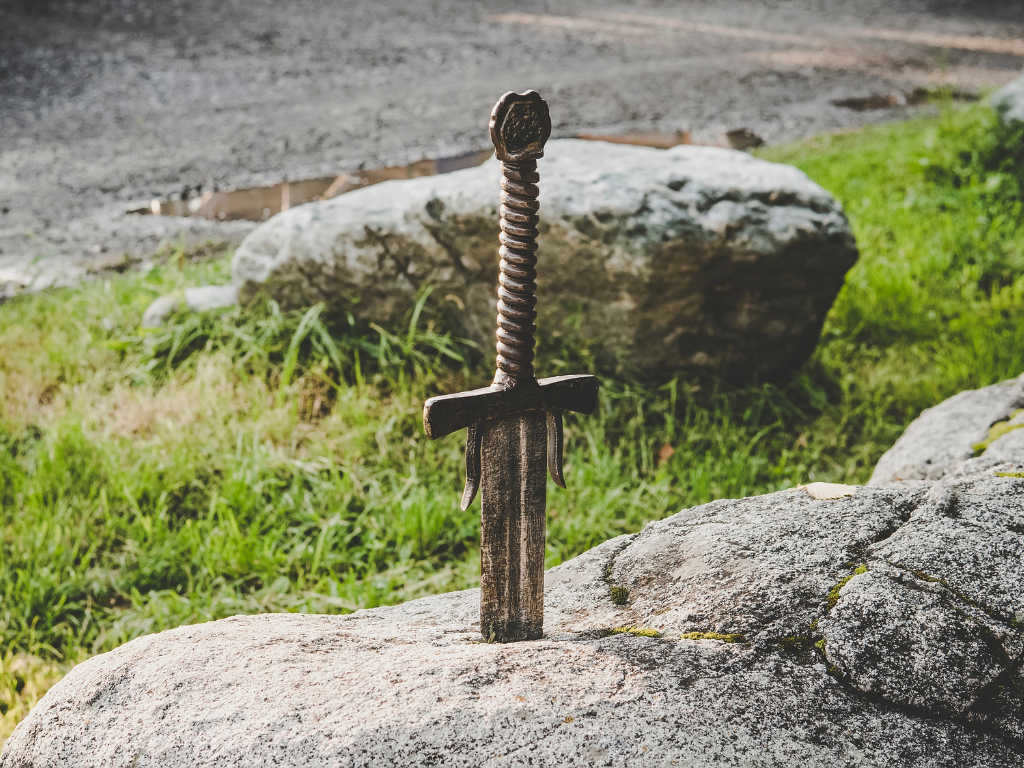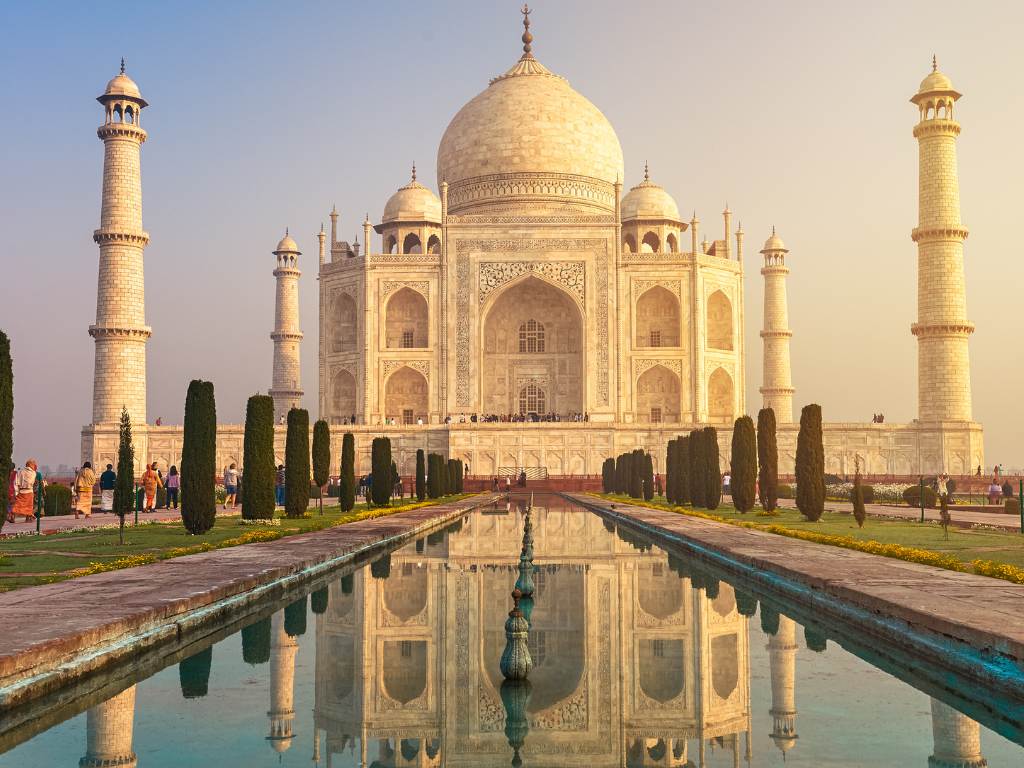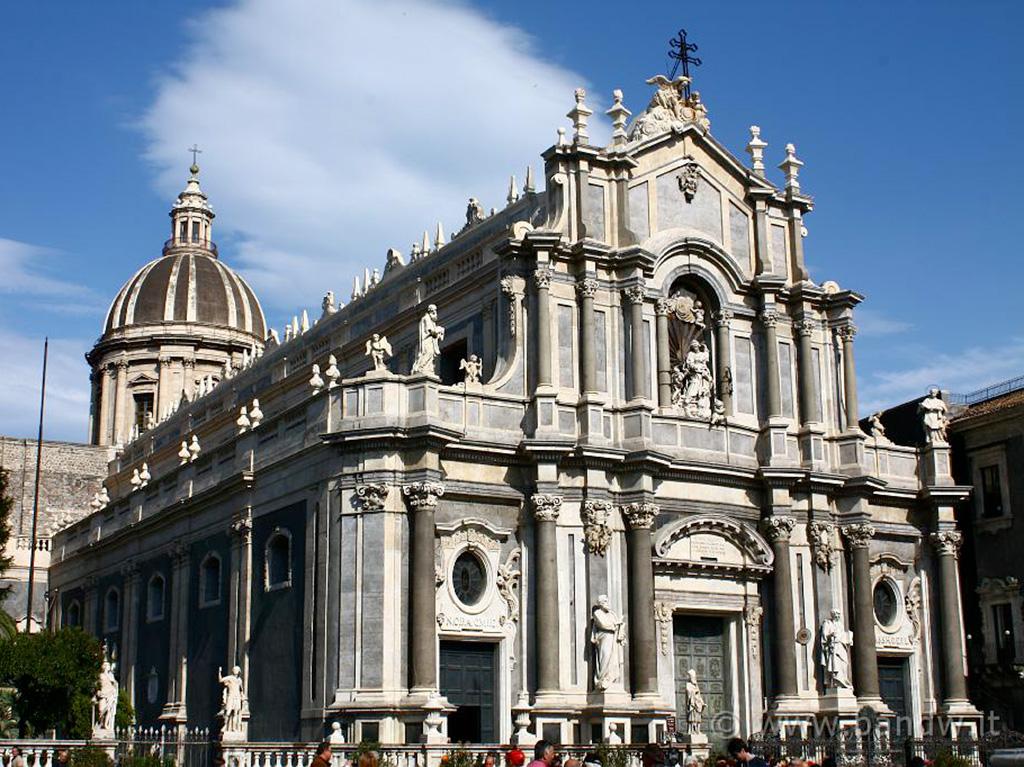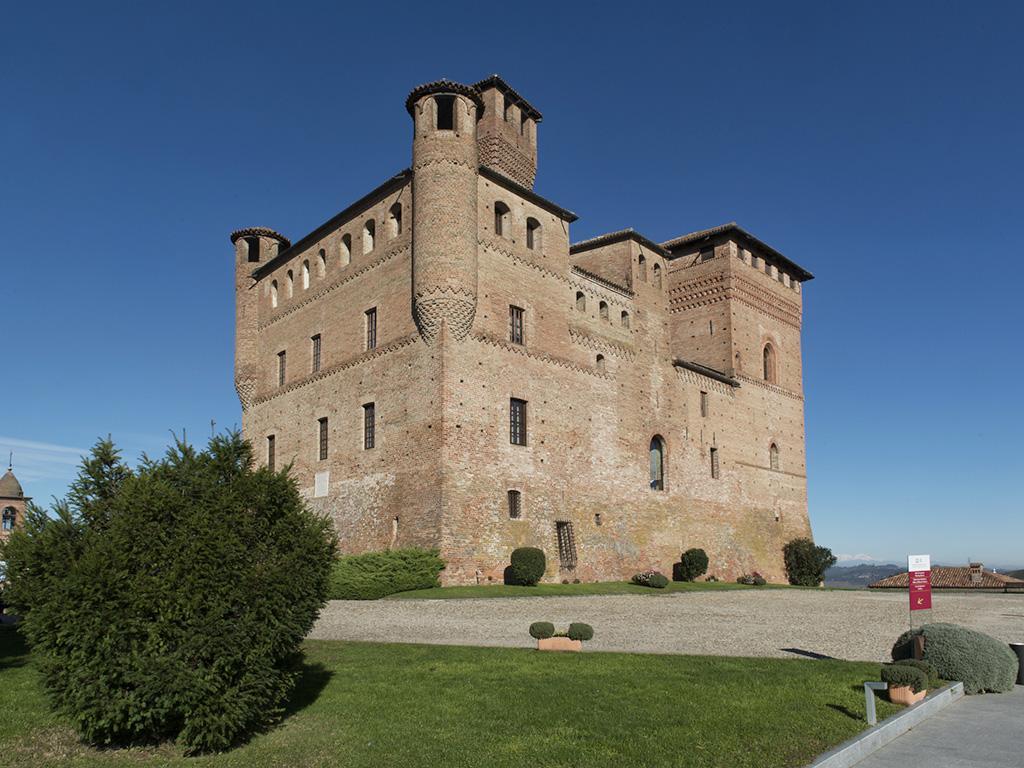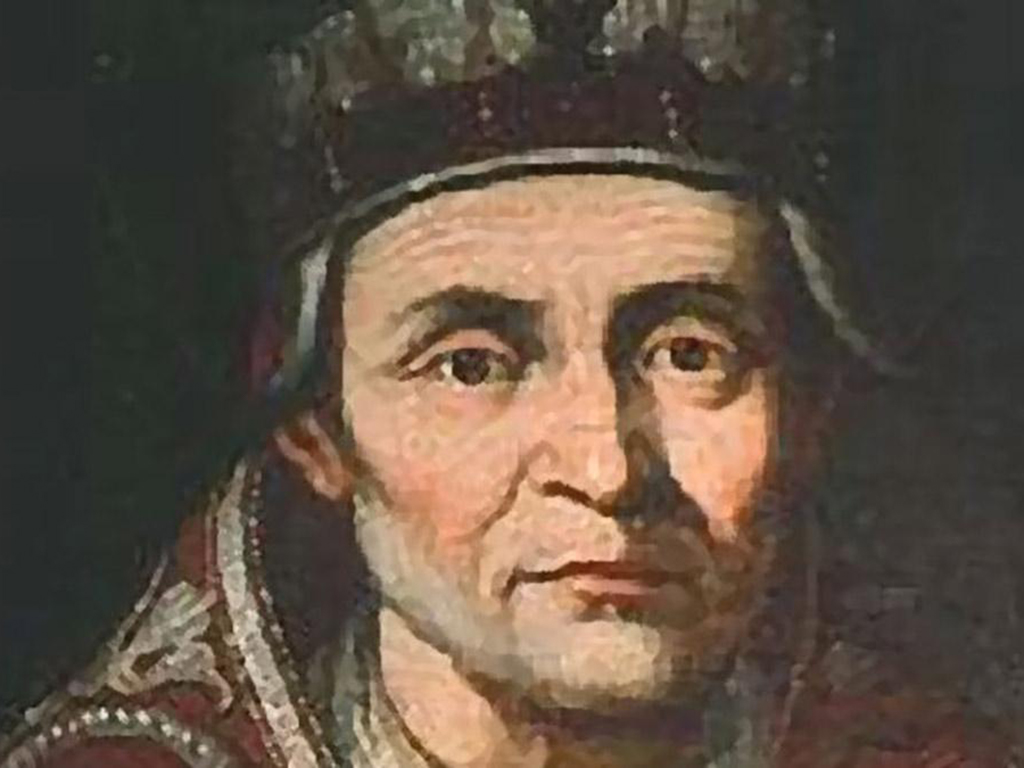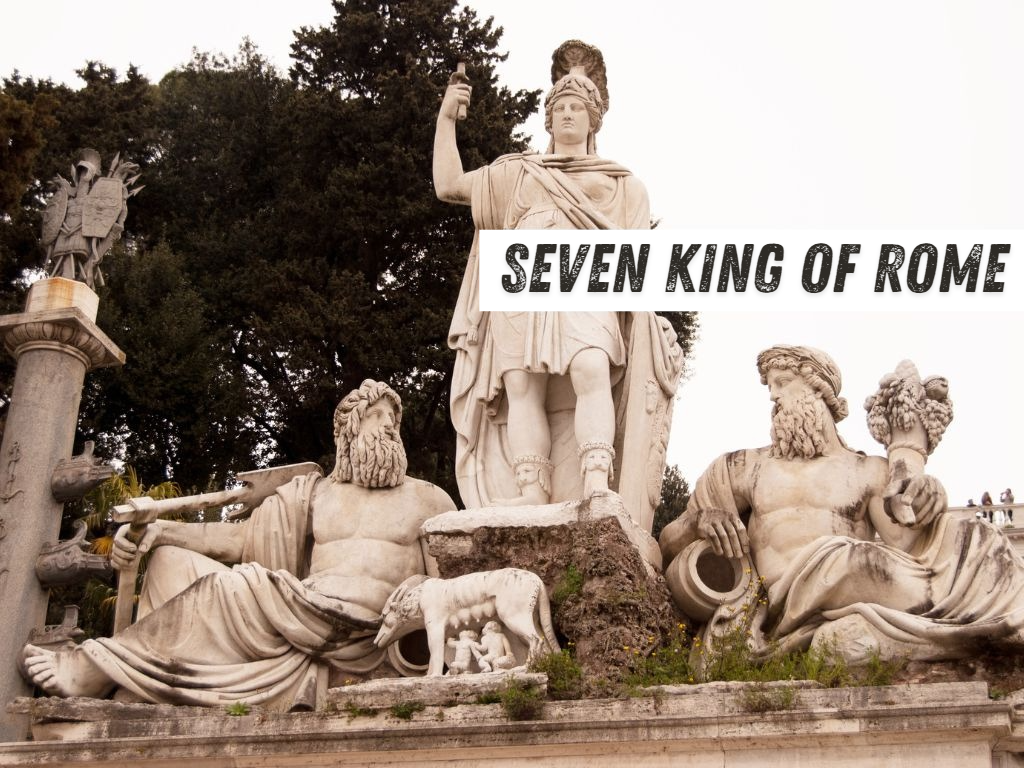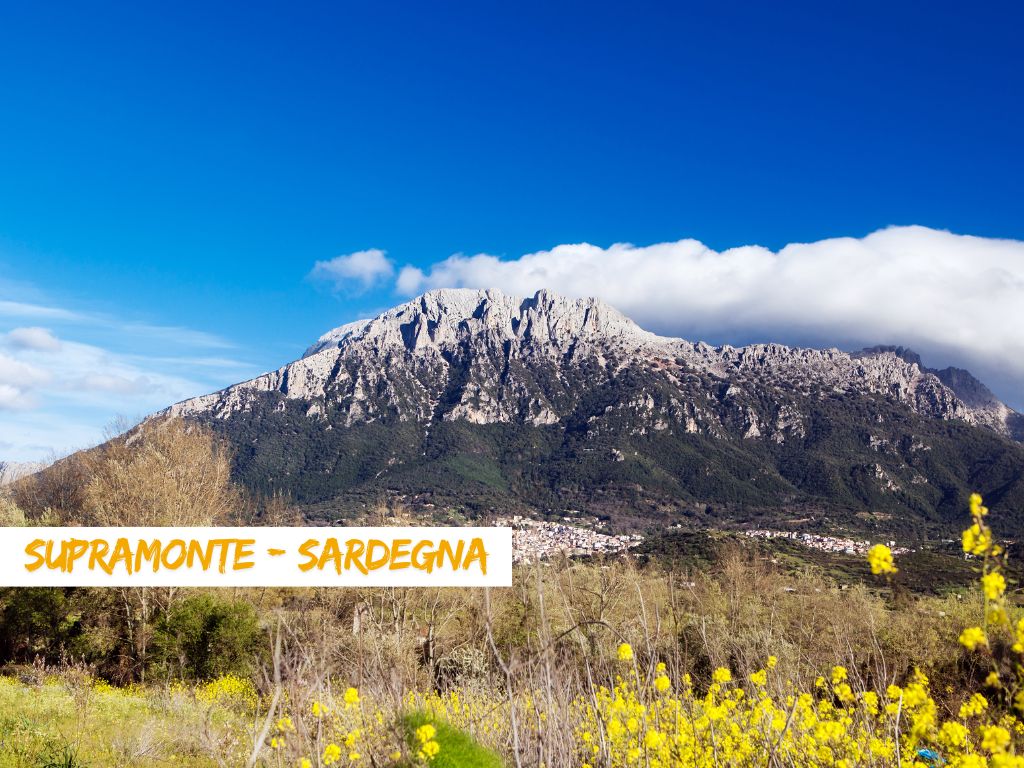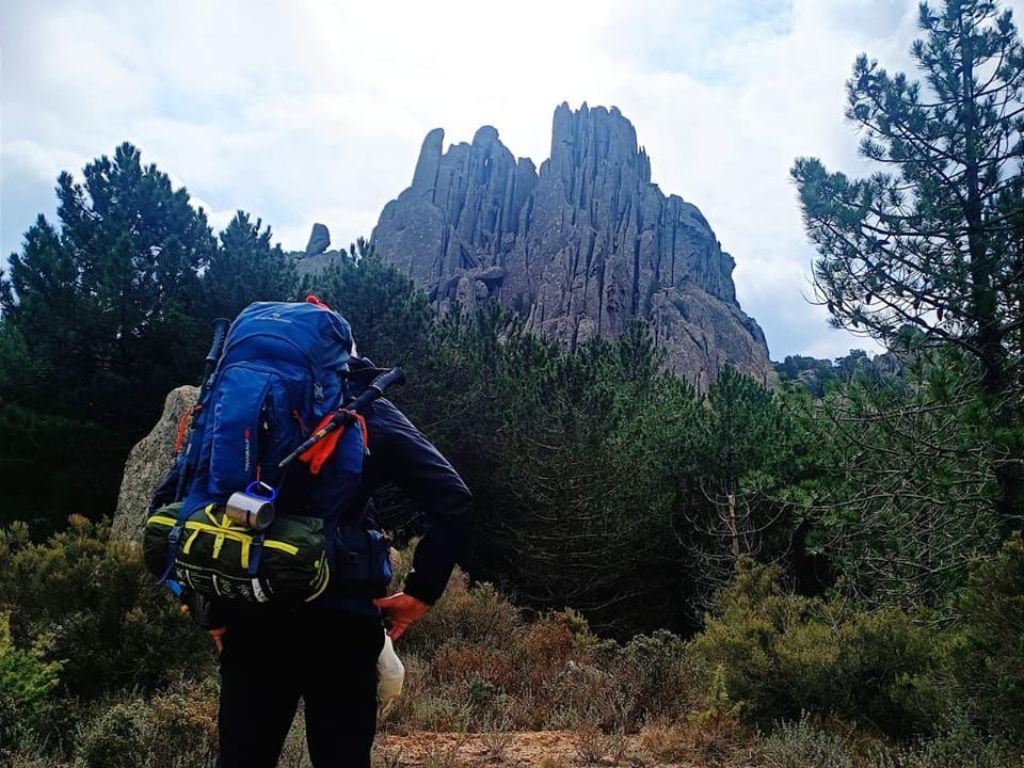The city of Bucharest, the capital of Romania, is renowned for its rich history and cultural heritage. Among its numerous attractions, a remarkable architectural wonder of rare beauty stands out: the New Church of St. George. This enchanting place of worship captivates not only the faithful but also art enthusiasts and curious tourists eager to discover its magnificence. In this article, we will delve into the history, architecture, and significance of the New Church of St. George, providing a comprehensive guide to this extraordinary site.
The New Church of St. George in Bucharest: An Architectural Gem
History
The history of the New St. George Church in Bucharest is closely tied to the ancient Orthodox church of the same name, which was built in the 17th century. However, during the period of communist rule in Romania, many churches and places of worship were destroyed or damaged, including the St. George Church.
After the fall of the communist regime in 1989, Romanians began to rebuild and restore their cultural and religious institutions that had been destroyed. The New St. George Church was constructed with the goal of commemorating the ancient destroyed church and providing a place of worship for the Orthodox community in Bucharest.
The construction of the New St. George Church took place between 2001 and 2005, and the project was designed by architect Constantin Amălinei. During the design phase, special emphasis was placed on combining traditional elements with contemporary influences to create a unique building that represented both the history and present of the Romanian Orthodox faith.
The official inauguration of the church took place on April 23, 2005, with the presence of numerous worshippers and religious authorities. Since then, the New St. George Church has become an important landmark for the Orthodox community in Bucharest and an active place of worship that regularly welcomes worshippers and visitors.
The history of the New St. George Church stands as a testament to the perseverance and faith of the Romanian people in preserving their traditions and religious identity despite historical challenges. Today, the church is a symbol of rebirth and an important site of cultural and spiritual interest in the Romanian capital.
Architecture and Design
The architectural design of the New St. George Church is a blend of traditional elements and contemporary influences. The exterior facade features a combination of white marble and red bricks, creating a captivating contrast. The colorful domes, adorned with intricate decorations, dominate the Bucharest skyline and are visible from afar. Inside the church, vibrant frescoes, sacred icons, and a magnificent iconostasis characterize the space, serving as a significant focal point for worshippers during religious celebrations.
Attractions and Activities
The New St. George Church is an active place of worship that offers a range of spiritual activities for the local community and visitors. Worshipers can participate in regular liturgical services, such as Sunday masses and religious festivities. Additionally, the church often hosts concerts of sacred music and art exhibitions, providing a complete cultural experience for visitors.
Nearby
The New St. George Church is centrally located in Bucharest, close to other popular tourist attractions. Here are some of the main attractions nearby:
- Palace of the Parliament: Situated a short distance from the church, the Palace of the Parliament is one of the largest administrative buildings in the world. Built during the communist regime, it's an icon of socialist architecture and offers guided tours for visitors interested in exploring its monumental halls.
- National Museum of Art of Romania: Located near the church, the National Museum of Art of Romania is housed in a majestic building and features an extensive collection of Romanian and international artworks. Art enthusiasts will find paintings, sculptures, and decorative works from various eras.
- Cismigiu Gardens: This charming public park is one of Bucharest's oldest and is situated in close proximity to the church. It offers a tranquil oasis with wide lawns, ponds, bridges, and pavilions, making it a perfect spot for a leisurely stroll or a picnic.
- National Museum of Romanian History: A short distance from the church is the National Museum of Romanian History, which tells the story of the country through a diverse range of exhibits, including archaeological artifacts, historical artifacts, and documents.
- Romanian Athenaeum: Another significant landmark nearby is the Romanian Athenaeum, a prestigious neoclassical building that hosts concerts, cultural events, and classical music performances. Its elegant architecture and central location make it an interesting stop for visitors.
These are just a few of the attractions you can explore during your visit to the New St. George Church. Its central location also provides the convenience of nearby restaurants, cafes, and shops, allowing for a full day of cultural discovery and entertainment.
How to Visit
To visit the New St. George Church in Bucharest, tourists can easily reach the city center using public transportation or taxi services. The church is centrally located, close to other popular tourist attractions like the Palace of the Parliament and the National Museum of Art of Romania.
Conclusion
The New St. George Church in Bucharest is an architectural treasure that represents the strength and resilience of the Romanian people in preserving their religious and cultural identity. With its captivating design and rich program of spiritual and cultural activities, the church draws visitors from around the world. If you find yourself in Bucharest, don't miss the opportunity to visit this architectural marvel and immerse yourself in its unique spiritual atmosphere.






